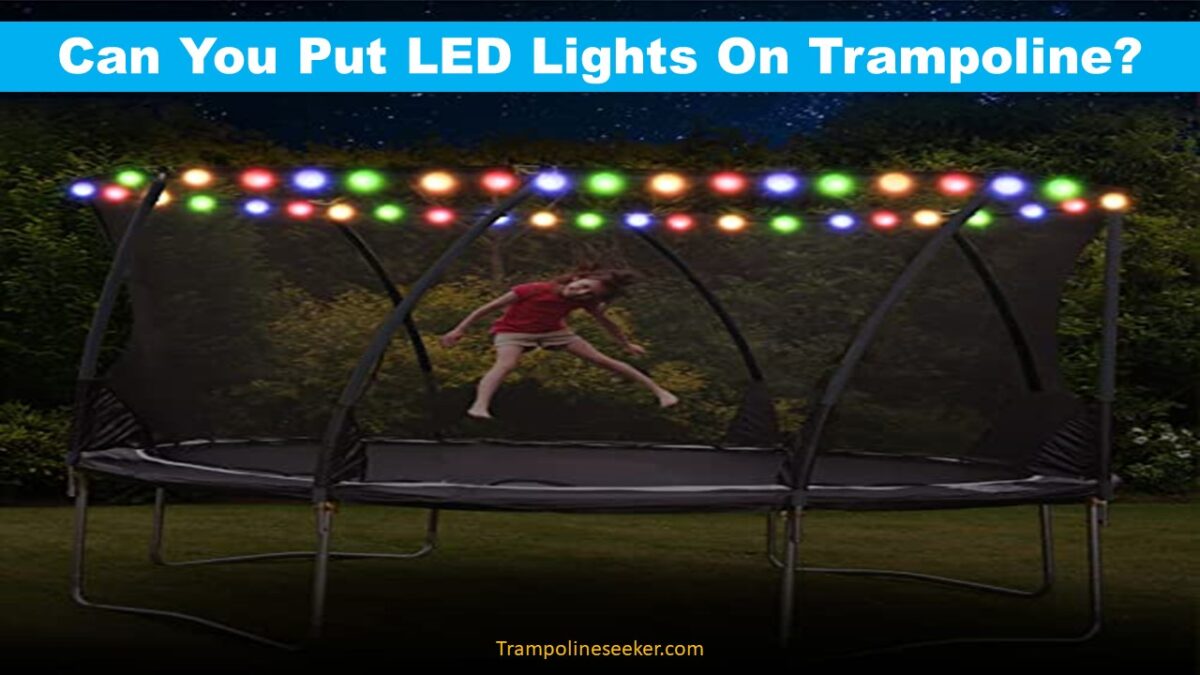Remember those late night trampoline sleepovers with friends when you were a kid? Jumping until dizzy under the stars before crashing in a tangled heap, all giggles and adrenaline. Well trampoline slumber parties aren’t just for children anymore. But can catching some Zzz’s on a bouncy surface really “jumpstart” your back health – or leave you hurting when morning comes?
The short answer is no – sleeping on a trampoline is generally not good for your back in the long run. But with the right precautions, you can safely enjoy an occasional trampoline sleepover without hurting your back.
Let’s take a closer look at the pros, cons, tips, and precautions for trampoline sleeping.
The Sweet Bounce of Trampoline Dreams

Trampoline sleeping can be an exciting, outside-the-box adventure. Jumping into bed on a trampoline gives you the sensation of snoozing on a fluffy cloud. The open air swirling around you, the stars twinkling overhead – it feels almost magical compared to boring old bed sleeping. Trampoline slumber parties with friends or family can create hilarious memories filled with shared laughter and unique bonding time. The gentle rocking as you drift off may give you a deep, relaxing sleep.
The Harsh Landing of Trampoline Reality
But trampolines are designed for playing games and getting exercise, not for sleeping. Without proper support and cushioning for your spine all night long, problems can arise. You may wake with throbbing lower back pain and stiffness from the awkward positions you twisted into while trying to get comfortable. Ouch!
The uneven trampoline surface can strain your back muscles and ligaments as your body attempts to find proper spinal alignment. Pressure points can form where the mat pushes into your hips, shoulders, and other bony areas, cutting off circulation and causing discomfort. And you’ll likely toss and turn throughout the night as you struggle to change positions on the bouncing mat.
So should you jump for joy or sob with pain when it comes to trampoline sleeping? As with most things in life, moderation and common sense are key.
Potential Perks of Trampoline Sleeping
While trampolines pose some risks for your back, an occasional slumber party does offer a few potential perks:
- Unique experience – It’s exciting and different from everyday sleeping. Like camping outside under the stars.
- Bonding time – Trampoline sleepovers create fun memories and closer connections with friends/family.
- Physical relaxation – The rocking motion may induce physical relaxation and restorative deep sleep.
- Mental relaxation – Fresh outdoor air can provide mental calm and stress relief.
Potential Pitfalls of Trampoline Sleeping
However, regularly sleeping on a trampoline comes with some clear downsides:
- Spinal misalignment – Contorting into odd positions on the uneven surface can twist your spine out of proper alignment.
- Stiffness and soreness – Lack of support often leads to morning back stiffness, pain, and muscle soreness.
- Exacerbated issues – Those with existing back problems like arthritis, disc injuries, or sciatica may worsen their pain and inflammation.
- Difficulty changing positions – The bouncy mat makes turning over or shifting positions challenging during sleep.
- Pressure points – Without ample padding, pressure points can form where the mat pushes into the bones.
- Safety risks – Rolls and falls off the trampoline edges pose safety hazards.
Occasional Trampoline Sleepover Do’s and Don’ts
An epic trampoline sleepover every once in a while probably won’t cause long-term damage, especially if you take the right precautions. Just make trampoline sleeping the exception, not the norm. Here are some tips to help you bounce the night away while keeping your back healthy:
DO:
- Cover the mat with cozy mattresses, toppers, and blankets for cushioning. The more padding the better!
- Add protective padding around hard edges, frames, and springs. Avoid direct contact with bare metal and springs.
- Pick low trampolines closer to the ground to prevent injuries from accidental rolls and falls.
- Sleep on your back to distribute body weight most evenly.
- Watch for bad weather like rain, cold, and humidity which don’t mix with outdoor trampoline sleeping.
DON’T:
- Make trampoline sleeping a regular habit. Limit to once a month or less.
- Sleep directly on the mat without any padding for cushioning. More padding equals more back support.
- Sleep on your stomach or side which can over-twist your spine and strain your back. Back sleeping is best.
- Use a trampoline if you already have chronic back problems or pain. It will likely make problems worse.
- Ignore soreness or pain after trampoline sleeping. Your body is signalling that something is wrong.
The Bouncy Verdict
For most people, trampoline sleeping will likely remain a fond childhood memory, best left in the past. But with prudent precautions like padding and moderation, an occasional old-fashioned trampoline slumber party can still be enjoyed safely. Just be sure to limit bouncing sleepovers to once a month or less. Listen to any warning signs from your body, spring for plush padding, and don’t make trampoline sleeping a habit. Sweet dreams!
Must Read:













